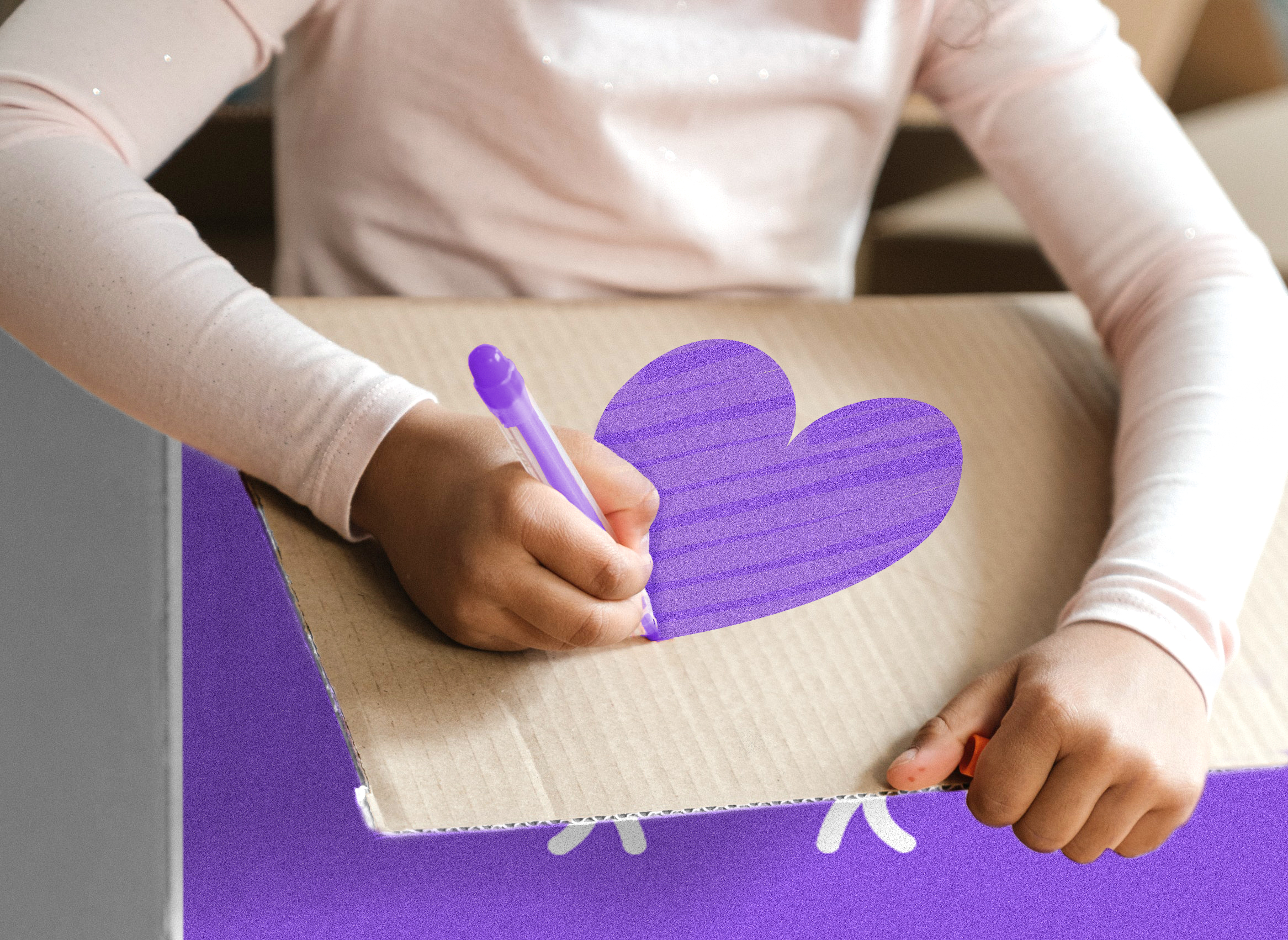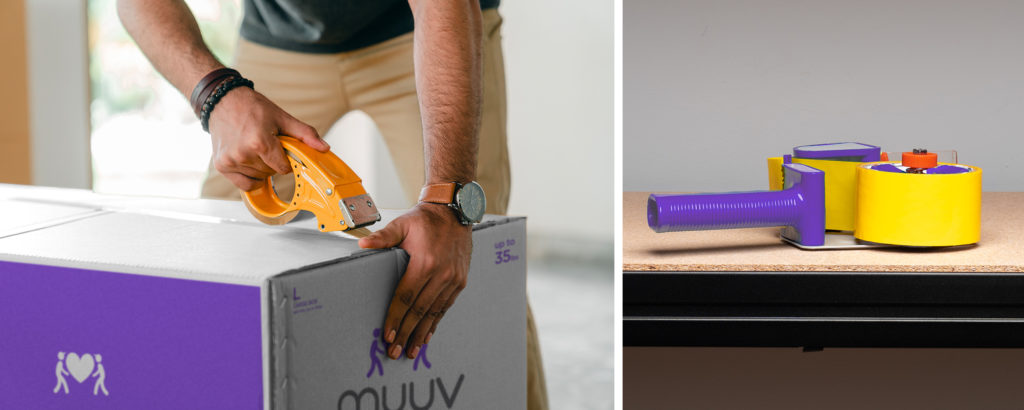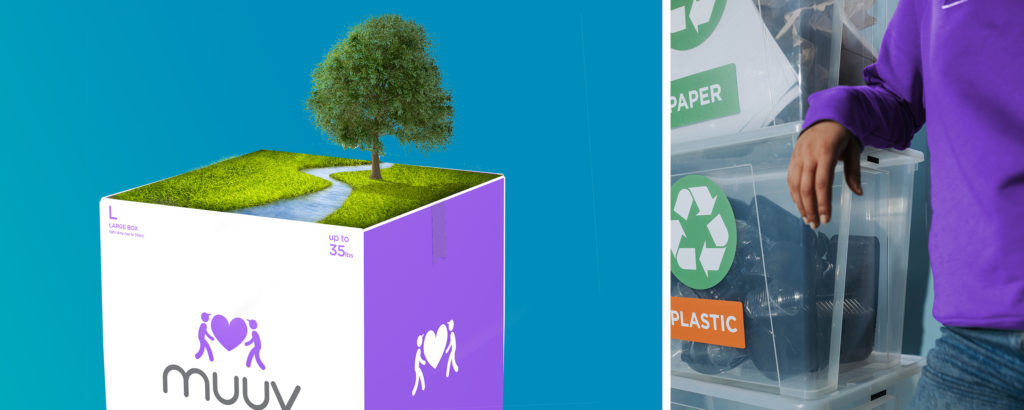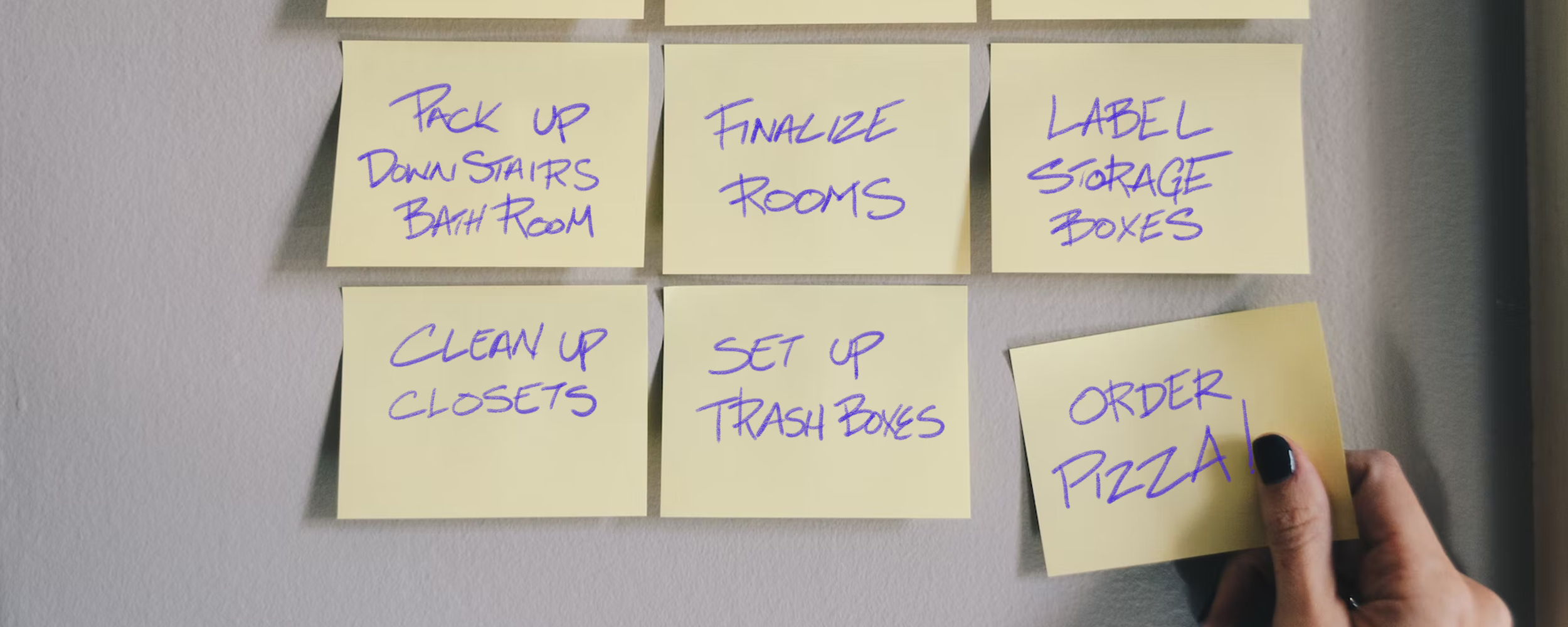

Today we're putting all of our thoughts on sustainable moving in one place.
Ranging from the types of materials we provide to our clients to the ways you can reuse and recycle materials after a move, this blog will capture what it means to move sustainably.
Because taking that extra step during your move to help the planet isn't as complicated as it may seem. And when you commit to sustainability, especially during a big project like a move, everyone around you is more likely to as well.
The most important thing to remember about sustainability is that it's urgent. We've all got to play our part right now to secure a safe and healthy future for the planet.
The moving industry is guilty of harming the environment a lot over the years. But we're committed to doing everything we can to change that.
Let's get green!

Containers
We covered our containers in a recent blog. But because they're so crucial to the way we move, we think they're worth mentioning here again.
The major containers when it comes to moving are boxes and bins. And with just a little bit of effort, we found ways to use both much more sustainably.
We worked hard to find boxes that are both sustainable and tough, and in our research, it all came down to layers. Recycled cardboard tends to be slightly too soft, so we use double-walled boxes. The inner wall is recycled, and the outer one is a tougher, more traditional cardboard. We ensured, though, that even this tougher cardboard would be as sustainable as possible. It's made with quick-growing pine tree pulp. And because the inner layer is slightly softer, our clients now tend to feel less inclined to use packing peanuts, which can take 500 years to decompose.
In our new partnership with City Bins, too, we're making sure clients have reusable plastic bins at their disposal. These are insanely sturdy and way more environmentally conscious than single-use containers. They're sturdier than boxes and they stack, which means you can easily store them in your place, or in your storage unit, for future projects. You can even share them with friends and help them help the planet when they have to move.

Reuse
Reusing materials you already have is one of the greatest and easiest ways to give back to the planet during a move.
With items like bags, especially, reusing can have a massive impact. We've recommended reusing grocery bags for your move, not buying new items like tote bags, which are notoriously bad for the environment. But whatever kinds of bags you have lying around the house, even duffle bags and old plastic takeout bags, find ways to use them!
Smaller plastic bags can be ideal for fragile items and toiletries. Duffles are perfect for winter coats and all of your shoes. And grocery bags make moving anything from clothing and books to plates and tools much more manageable on the day. Being able to sling a bag over your shoulder, which of course you can't do with a box, can turn those stairs from a mountain into a molehill.
Even if you only have a handful of bags, and putting books and other items into them doesn't completely change your move, finding ways to use fewer materials can make a huge environmental difference over time.
And make sure to check out our blog on how to reuse cardboard boxes most creatively after a move!

Reduce (Less is More!)
We've always believed that less is more and encourage our clients to, as well.
With items like tape, it's crucial to purchase the best available product. When you find one that works for you, you can start to make a little bit go a really long way. One roll of Scotch Heavy Duty Packaging Tape lasts an extremely long time for us. And that's because it's so strong that we only have to use the minimum amount each time!
This idea also applies to moving day itself. Pack as much stuff as you possibly can into the few boxes and bins you've chosen to use. Bringing a slightly smaller team of people and using as few vehicles as possible will also help you reduce your move's environmental imprint.
And remembering to reduce your consumption of non-sustainable items during the first few weeks in your new place can help you set the tone for a sustainable-centric lifestyle. All it takes is a little effort in the beginning to figure out how to adjust to a little less. And in no time, you'll be wondering why you ever used so much stuff in the first place.

Recycle
After your move, recycling the materials you want to dispose of should be priority number one.
If you've just moved into a new apartment, talk to your landlord about your building's recycling efforts and follow all the current steps. Usually, it'll be as easy as leaving cardboard boxes near the bins for bottles and paper. But make sure you're making it as easy as possible for the right people to find your materials and follow through on the recycling process.
If you've just moved into the suburbs, figure out what the recycling situation is. If a garbage truck comes every week, talk to the people working on it! The main thing here is to fit in smoothly with all the existing recycling architecture. If you can, bring your recyclables to a facility yourself to make sure they're taken care of properly.
We know moves can be exhausting. Really exhausting! But finding the energy to recycle the materials you use is extremely important. It'll be really gratifying to give back in this full-circle way.
And it'll also contribute to the larger movement of trying to get every single person on the recycling boat as soon as possible.
Let's Go
If you take nothing else from this blog, remember this: all that matters is that you do whatever you can to have a less environmentally harmful move.
The notes we've written above are relatively easy to follow and can have hugely positive ripple effects.
Reach out today. Let's get green!


